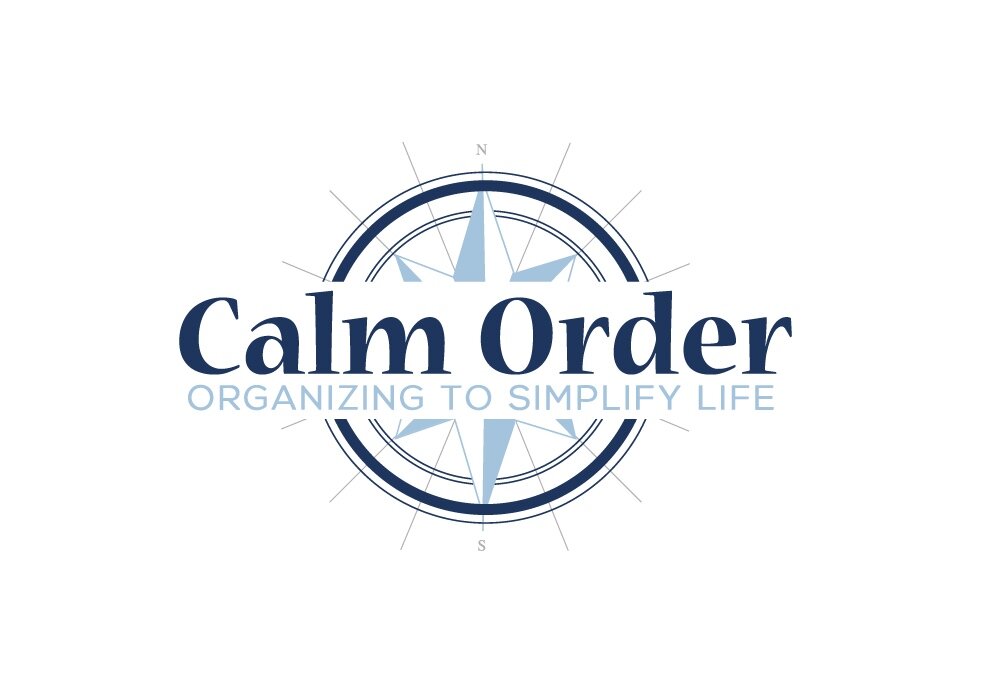The kitchen is one of the most popular rooms to organize, and for good reason: we all spend most of our time there cooking and eating, why wouldn’t we want to be able to find and use the room as easily and efficiently as possible?
To get your kitchen unpacked and organized, Calm Order likes to use the analogy of placing down a border first, then the rocks, and then the pebbles. The border or main items in your kitchen, like every-day used appliances, dishes, glasses, cutlery, pots, and pans, that are used daily should be placed first in locations that are easier to access, in drawers or cupboards that are within easy reaching distance.
After these items come the other items that are used often, but not quite every day, like baking supplies, specialty kitchen tools, and serving dishes. These items can be placed in higher cupboard shelves or lower drawers. Even though these items aren’t used daily, they should still be easy to access and easy to remember where they are located. It’s a good idea to store like items with like. Consider designating one drawer or cupboard shelf for baking supplies, for example, or keep all dishes and serving items together.
The pebbles are the non-essential decorative items like placemats, napkin rings, and other items that don’t need to be kept in a specific place, items that can essentially fit anywhere you have room. However, you want to place these items with some logic so you know where to find them when you need them. For example, measuring cups can be stored in the same drawer as other baking materials like mixing bowls.
When you’re unpacking your kitchen, it’s also important to make sure that your items are placed in a way that makes sense for your lifestyle, and the layout of your kitchen. For example, some people bake more than others, so baking supplies may be given higher priority, or depending on the layout of your kitchen, you may have to move items around depending on the space you have available.
Unpacking and organizing a kitchen sounds like a daunting task, but sorting out items into borders, rocks, and pebbles breaks down the process into manageable steps that everyone can use to set up their kitchen.













